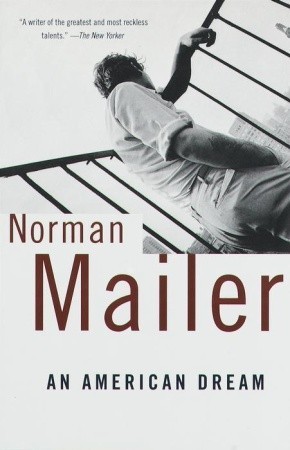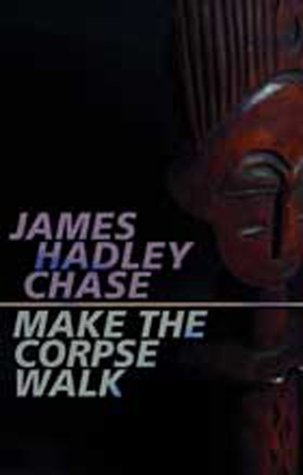
Nightmare Alley
Book Description
A dark carnival hides secrets in the shadows, where dreams twist into nightmares and every smile conceals a deception. Stan Carlisle, a cunning grifter, rises through the ranks of the sinister world of con artists and mystics, seducing the unsuspecting with his charm and quick wit. But as he delves deeper into the underbelly of manipulation and betrayal, the stakes grow perilously high, and his allies may become his greatest threat. As ambition entangles with madness, who will emerge unscathed from the tangled web of lies? Will Stan's own deadly game be the ultimate nightmare?
Quick Book Summary
"Nightmare Alley" by William Lindsay Gresham plunges readers into the seedy world of carnivals, spiritualism, and the relentless pursuit of power. The story follows Stan Carlisle, a charismatic yet morally ambiguous grifter, who starts as a lowly carnival worker but quickly masters the art of manipulation. He exploits people's hopes and fears, climbing higher through schemes involving fake psychic acts and fraudulent séances. As Stan’s ambition spirals, so does his psychological unraveling, driven by greed, guilt, and paranoia. The story’s psychological complexity reveals how unchecked ambition and deception corrupt, leading to inevitable downfall. Gresham’s noir classic is a chilling meditation on fate, hubris, and the darkness lurking behind the glitter of the American dream.
Summary of Key Ideas
Table of Contents
The Allure and Corruption of Ambition
Set against the smoky and mysterious backdrop of 1930s carnivals, “Nightmare Alley” introduces the protagonist Stan Carlisle, a sharp-witted and ambitious young man. Working as a carny, Stan is quickly seduced by the allure of the sideshow’s secrets and the art of the grift. He learns the ropes from seasoned performers, mastering the manipulative techniques that prey on human weakness. As he observes the vulnerabilities of carnival visitors, Stan becomes adept at reading people—laying the groundwork for his future ascent up the con artist ladder.
Manipulation and the Psychology of Deception
Stan’s ambitions soon propel him beyond the carnival. Teaming up with Zeena, a gifted mentalist, he refines his act and begins orchestrating larger scams. Eventually, he reinvents himself as “The Great Stanton,” a spiritualist medium who preys on wealthy clients with elaborate fake séances. The psychology of deception forms the novel’s dark heartbeat, as Stan’s success relies on empathy and manipulation. However, each con chips away at his conscience, sowing seeds of paranoia and guilt that threaten to topple his constructed world.
Fate, Guilt, and Self-Destruction
Stan’s relentless climb is shadowed by betrayal, personal tragedy, and the ever-looming specter of fate. The relationships he forms—with lovers and allies alike—are transactional and fraught with duplicity. As success leads to isolation, Stan’s sense of invincibility morphs into vulnerability. His darkest manipulations rebound on him, and his attempt to outsmart fate results in moral and psychological downfall. The narrative’s noir edge sharpens as the story explores the inexorable pull of destiny and self-destruction.
Illusion versus Reality in Human Nature
As illusion blurs with reality, the line between performance and authenticity becomes increasingly tenuous for Stan. The world he creates for others—full of smoke, mirrors, and lies—ultimately entraps him. Haunted by his own deceptions, his grip on reality falters. The novel’s horror lies not in the supernatural, but in the monstrous consequences of unchecked greed and the falsities we craft for survival. Gresham masterfully exposes how ambition, when untethered from ethics, becomes self-destructive.
Isolation and the Cost of Betrayal
In its chilling conclusion, “Nightmare Alley” delivers a bleak commentary on the human condition. Stan’s odyssey from eager apprentice to broken down outcast mirrors the corrupting power of ambition and the isolation that comes with betrayal. The narrative closes the circle, returning Stan to the degraded world from which he tried to escape—a cautionary tale about hubris, fate, and the inescapable darkness within. For both Stan and the reader, the alley is a nightmare from which there is no waking.
Download This Summary
Get a free PDF of this summary instantly — no email required.





